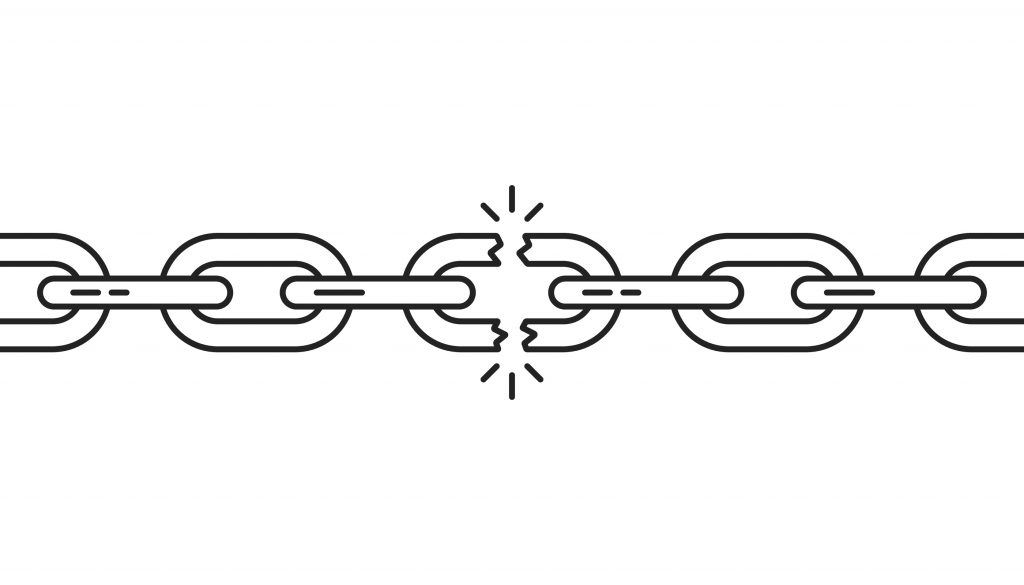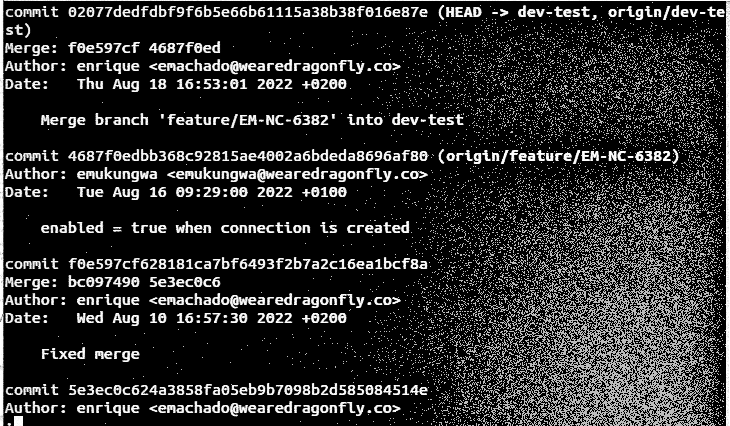With increasing awareness and adoption of value streams and alignment of companies’ digital transformation, engineering, and quality organisations to value-based models, it is easy to think of value stream management as the next silver bullet for delivery lead time. In many ways, the mindset of being value-driven could in fact be just this – it creates a new focus that is common to business and technology, who can both understand and work to a shared set of values.
Where agile is going wrong, value stream management can succeed
Squads, cohorts, tribes are among the many terms now applied to how teams are re-organising themselves to be ‘agile’. But as we are all far too aware, change is as much about people as it is technology. Too many organisations focus on the term ‘agile’ without establishing the fundamentals.
But by far the biggest oversight is recognising that the majority of enterprise-size companies are bound by legacy constraints – their technology functions may be agile but their business counterparts are often waterfall. Technology practices such as devops, devsecops and open devops are often missing in the business-world. Rather like analogue and digital TV, both deliver but with very different experiences. The very nature of value encourages teams and individuals to be more agile as it focuses the mind (or collective minds) on what is important and removes the noise that inhibits team and organisational agility. By focussing in on delivery lead time, organisations can centre themselves on value streams.
Where to start with the adoption of value stream management?
Like most things, organisational change is never straightforward. Each organisation will have strengths and weaknesses that make the introduction of value stream management more complex for different parts of a business. Do not be put off though, breaking the process down to bite-size chunks makes change very achievable.
Stage one – connecting the dots with value stream mapping
Knowing where to start is essential and often this can be as simple as identifying an unhappy customer or highly visible or costly problem. Get back to basics and walk the floor. Talk to teams and individuals and understand the flow of data, information, material, and ultimately, the problem. This is value stream mapping in its basic form. It is not complicated and does not require an army of consultants. There is a wealth of information out there so simply search ‘value stream mapping’. Remember the goal is to understand the reality of the flow of delivery. The delivery lead time between a requirement being envisioned and delivered to the customer is the core focus of lean.
Also Read: Uses of JIRA Project Management & Reporting Tool
Stage Two – Understand value ‘customer demand’
All parts of the business have customer-demand both internal and external. For technology, delivery engineering, and quality teams, demand is mostly internal but can occasionally be external. To understand your customer’s demand, creating a persona is a highly effective way of mapping and understanding what is important to each.
For example, if we look at the four basic personas of Engineering, Quality, CXO and Product, each will have different customer asks and demands. An engineering manager may view feedback from the quality team as important, while a CXO values accurate and timely reporting for senior meetings. The company may have the goal of shipping software (value) to the customer faster (shortening delivery lead time). The key to this is then to understand how each persona uses and consumes the value, and how this supports and maps to the business goal of shipping software (value) faster. Just try and remember everyone has a customer who demands value. While you are building your personas talk to someone from each persona type to gain feedback. This is a great way to engage them in the process.
Stage Three – Scaling up value stream management
Up to this point you have not been relying on your existing management tools for your research. Now is the time to assess whether your current management tools like Jira can support your value stream management needs for each persona. And at the heart of this is your data model – critically whether this supports what you are trying to achieve and whether this is achievable with your current – ‘as is’ – set up.
Conclusion
Congratulations on building your business case for moving to a value-based model. Now you need to make a choice; re-engineer your internal systems and data models to support a value-based model or wrap a value stream management platform like neuro around your existing toolstack to avoid the need for major system changes and large-scale organisational changes.
As we know the cost from time and resources to drive organisational change is high – with no guarantee of success. A value stream management platform like neuro offers a fast and cost-effective way of measuring and improving the flow of value. neuro offers complete flexibility across all personas and can be up and running within 30 mins.



